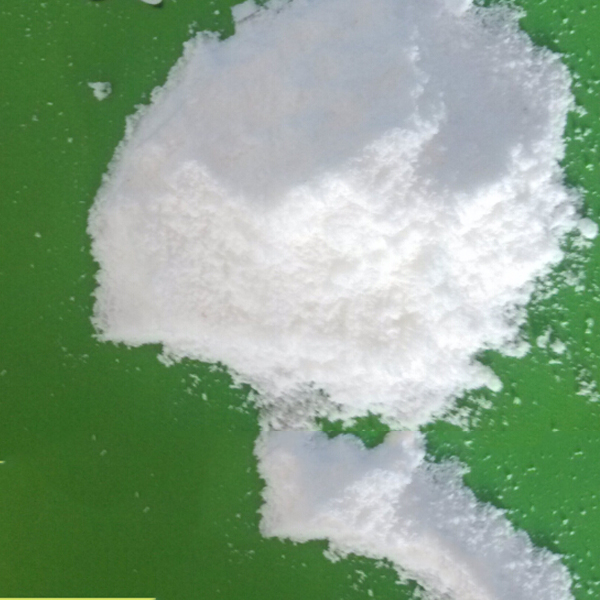
News
Nov . 20, 2024 03:45 Back to list
natural chelant
The Role of Natural Chelants in Environmental and Agricultural Sciences
Chelating agents, or chelants, play a crucial role in various fields, particularly in environmental science and agriculture. They are molecules that can form multiple bonds with a single metal ion, effectively grabbing and holding it in solution. While synthetic chelants have been widely used, natural chelants are gaining significant attention due to their eco-friendly characteristics and effectiveness. This article explores the importance of natural chelants, their sources, and their applications in environmental remediation and sustainable agriculture.
Understanding Natural Chelants
Natural chelants are organic compounds that occur in nature and have the ability to bind metal ions. They can be derived from various sources, including plants, fungi, and microorganisms. Some of the most well-known natural chelants include humic acid, citric acid, and certain amino acids. These organic compounds are not only biodegradable but also non-toxic, making them appealing alternatives to their synthetic counterparts, which can often have harmful environmental effects.
Sources of Natural Chelants
1. Plants Many plants produce natural chelating agents as a response to nutrient deficiencies. For example, root exudates from certain crops release organic acids that can bind to essential nutrients, helping the plant absorb them more effectively. Some species, such as the willow tree, are known to have high concentrations of salicylic acid, a compound that can chelate metal ions.
2. Microorganisms and Fungi Microbes, including certain bacteria and fungi, can produce natural chelants like siderophores. Siderophores are high-affinity iron-binding molecules that assist in the acquisition of iron in nutrient-poor environments. This process not only helps the microorganisms thrive but also contributes to the overall health of the soil ecosystem.
3. Humic Substances Humic substances, derived from the decomposition of organic matter, are another important source of natural chelants. They play a vital role in the biogeochemical cycles of nutrients and can effectively mobilize metal ions in soils, making them available for plant uptake.
natural chelant

Applications in Environmental Remediation
Natural chelants are particularly valuable in environmental remediation efforts. Heavy metal contamination is a significant issue in many ecosystems, affecting soil quality, water sources, and overall biodiversity. Natural chelants can assist in the bioavailability and mobilization of these metal ions, facilitating their removal from contaminated sites.
For instance, using natural chelating agents in soil washing techniques can help extract heavy metals such as lead, cadmium, and arsenic. Unlike synthetic chelants, which may introduce additional pollutants or toxic residues, natural chelants can provide a safer option for cleaning up contaminated environments. Additionally, they may contribute to soil health and regenerative practices by enhancing nutrient availability to plants.
Sustainable Agriculture Practices
In the field of agriculture, natural chelants can significantly improve nutrient management and crop productivity. Many soils suffer from nutrient deficiencies, particularly in micronutrients such as iron, manganese, and zinc. By applying natural chelants, farmers can enhance the solubility and availability of these essential nutrients, leading to better plant growth and yields.
The use of natural chelants also aligns with sustainable practices, reducing the reliance on synthetic fertilizers and minimizing the risk of soil degradation and water pollution. Techniques such as foliar application of chelants or incorporating them into soil amendments can optimize nutrient uptake, leading to healthier crops and more resilient farming systems.
Conclusion
Natural chelants represent an important tool in both environmental remediation and sustainable agriculture. Their ability to bind metal ions and enhance nutrient availability makes them invaluable in addressing contamination issues and improving soil health. As the world seeks more sustainable practices in agriculture and environmental management, the role of natural chelants will likely become increasingly significant, providing an eco-friendly solution to some of the pressing challenges we face today. By embracing these natural compounds, we can work towards a healthier planet and more sustainable agricultural systems for future generations.
-
Polyaspartic Acid Salts in Agricultural Fertilizers: A Sustainable Solution
NewsJul.21,2025
-
OEM Chelating Agent Preservative Supplier & Manufacturer High-Quality Customized Solutions
NewsJul.08,2025
-
OEM Potassium Chelating Agent Manufacturer - Custom Potassium Oxalate & Citrate Solutions
NewsJul.08,2025
-
OEM Pentasodium DTPA Chelating Agent Supplier & Manufacturer High Purity & Cost-Effective Solutions
NewsJul.08,2025
-
High-Efficiency Chelated Trace Elements Fertilizer Bulk Supplier & Manufacturer Quotes
NewsJul.07,2025
-
High Quality K Formation for a Chelating Agent – Reliable Manufacturer & Supplier
NewsJul.07,2025
